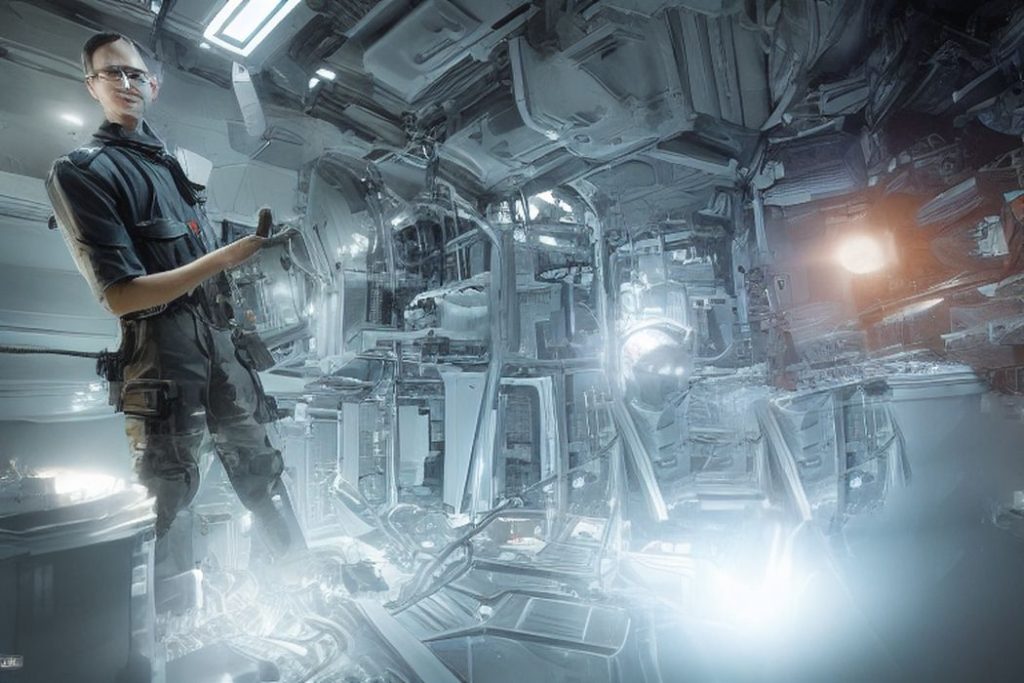
I had an idea after roving around Formnext 2022, and it has to do with post processing.
Many of the 3D printer manufacturers at this year’s event focused on post processing. This is unsurprising, because the massive end-use production parts market that they all want to penetrate is greatly concerned about that aspect of production.
Let’s step back a moment and consider how 3D printers have historically been used: for prototyping.
In a prototyping scenario, a designer or engineer would prepare a tentative design, and then quickly print it for evaluation on the lab’s 3D printer. They didn’t know whether the part would work, and that’s why they made some for testing.
In other words, they’re making ones and twos of each, with the required print time and a little bit of post processing required for each.
Now let’s change this up into massively scaled additive manufacturing. We have arrays of 3D printers running 24/7 producing as many parts as technically possible.
While each part does require post processing, it now adds up. Instead of doing post processing on one or two parts, you’re doing it on 100,000. And doing it continuously.
Unfortunately the 3D printers we all use are basically not designed for this. They are optimized to make quality prints and do so quickly. They mostly ignore the post processing aspects.
This leads to a scenario where manufacturers attempting to scale up their additive manufacturing realize their manual post processing activities exceed the work done in the actual printing steps. This can greatly increase the cost per part, which is a no-no in manufacturing.
As a result, many of the exhibitors at Formnext 2022 were showing off various forms of automated post processing. Automated dyeing equipment could be run time after time and reproduce the exact same part colors; machines could swiftly and intelligently smooth surfaces of dozens or hundreds of parts all at once; parts could be automatically sorted based on their CAD representation; support structures could be sawn off by robotic means.
You get the idea; if there is a type of post processing required, someone is attempting to automate — and scale it up.
Then comes the problem.
These parts have to be moved around between different stations. They have to be removed from a printer, taken to a depowdering unit, moved to a smoothing unit, relocated into a dyeing unit, placed in a sorting system, and packaging, and so on.
Once out of a 3D printer, parts are always moving around.
And there’s no standard way to do so.
Some 3D printer manufacturers have begun to build and market bins that fit their equipment, and assist in moving parts around, but those bins may or may not fit another type of post processing gear. In truth, they likely won’t.
This means — guess what — more manual effort. Parts must be removed from one system’s bins and put into new bins for the next steps. Maybe that’s not a lot of work, but it is a manual step and therefore is subject to human labor expense, errors, and potential delays.
It’s like having a cross country railroad where the freight cars must be unloaded halfway to the destination and re-loaded onto new freight cars.
Not optimal.
I believe this could be resolved with an industry standard parts bin system. If such a standard existed, it would enable post processing equipment manufacturers to design their machines to accommodate and use standard bins. Bins could come off one machine and easily fit into the next. Robotics could automate this transfer much more easily.
The bin standard system might include several different sizes of bins to allow for both small and large part processing. Bins could include security mechanisms and offer all kinds of interesting traceability, statistics and process optimizations.
Why has such a standard not already been developed? It’s my belief that we’re still quite early in the game. That said, I have heard rumors that there are some discussion occurring in this area, and that’s a good thing.
One bin standard to rule them all!

